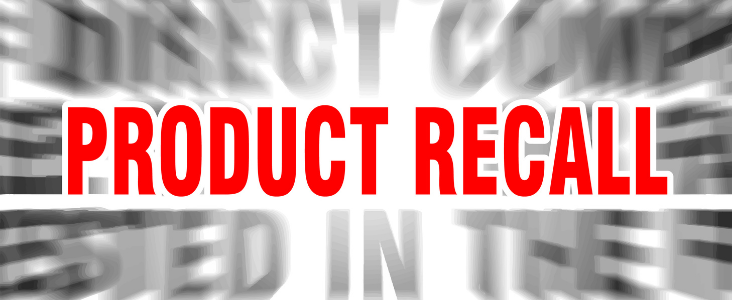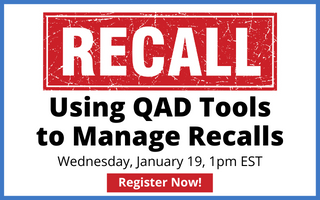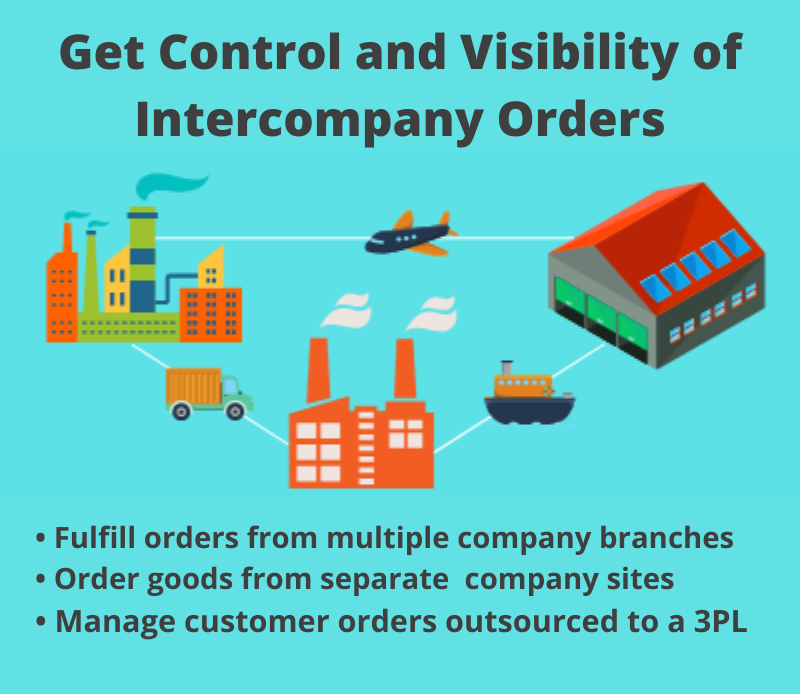
Thousands of products are recalled every year, and they impact every industry. They are a fact of life that manufacturing companies continually face. The chance that a recall will hit your company is high.
How do you reduce your risk?
Continual process improvement is a significant way a company can reduce its recall risk. Benjamin Franklin said it best, “An ounce of prevention is worth a pound of cure.” By continually finding better, more efficient, and accurate ways to operate, a company has a greater chance of catching internal problems before they escalate into the customers’ problems.
Behind every recall, you’ll find a red flag. When you trace back a recall to the origin of the quality or safety issue, there is a lack of control in the manufacturing process; a problem with a sloppy, unreported KPI; some problem that was unnoticed or ignored. Manufacturers must continually find ways to prevent a recall from occurring in the first place.
Companies also need to be prepared for a recall event, should one happen, by having a plan that will give them open supply chain communication, a fast traceability process, and up-to-the-minute information. In a recall situation, speed, accuracy, and flexibility are crucial. There is no time for manual processes and the slow down and errors they can produce, especially in a high-stress situation. Companies need to use their ERP systems to house the required data before a recall event to respond quickly if the need arises.
QAD has several tools that you can use to react quickly and accurately in a recall situation. From the first indication that there is an issue to tracking products, facilitating product returns, and repairing or replacing products in the field, QAD can help you control the situation and prevent a small recall from becoming an all-consuming crisis.
Join our webinar, Using QAD Tools to Manage Recalls, on January 19!
 Don Lindsey will provide a complete rundown on available QAD tools, including Supplier information, Purchase Order and Supplier Schedules, Item Master and Item Site Definitions, Inventory Control, Manufacturing, Shipping, Compliance, Quality Systems, Warehousing, Asset Management, Traffic Management, Service and Support, and more. Plus, he’ll provide tips on how to structure and use QAD tools to prepare and manage recalls.
Don Lindsey will provide a complete rundown on available QAD tools, including Supplier information, Purchase Order and Supplier Schedules, Item Master and Item Site Definitions, Inventory Control, Manufacturing, Shipping, Compliance, Quality Systems, Warehousing, Asset Management, Traffic Management, Service and Support, and more. Plus, he’ll provide tips on how to structure and use QAD tools to prepare and manage recalls.




